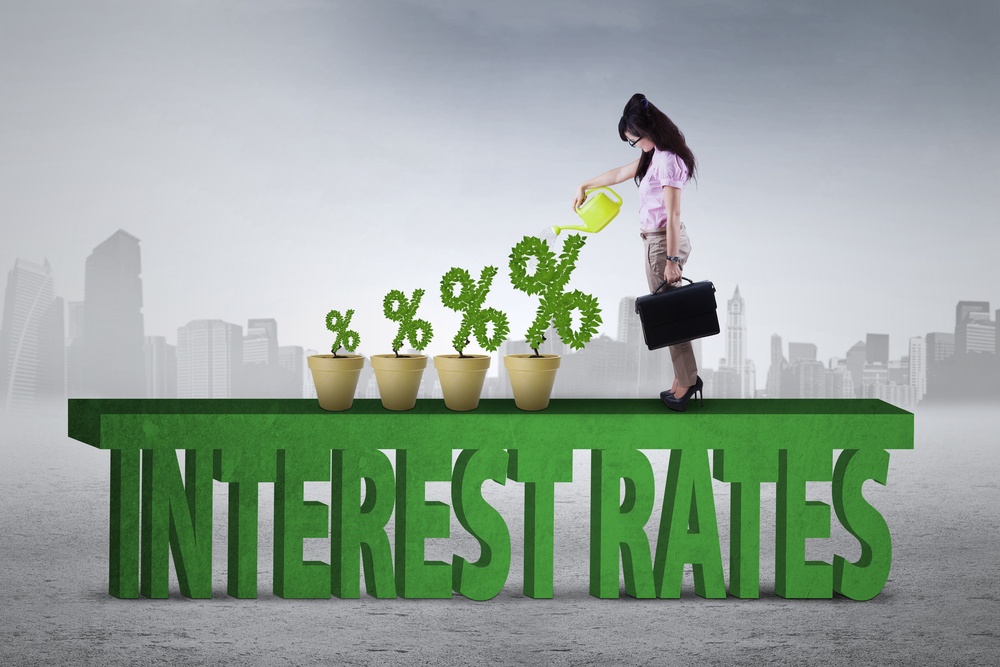-

Rising Interest Rates and Loan Foreclosures
Posted By Barry Payne
On March 21, the Federal Reserve Bank raised its target federal funds rate by a quarter-point to 1.75%. While this was not a significant increase and not totally unexpected (the rate was increased in a similar fashion in March, June and December 2017), it, as with the others, will have an immediate effect on variable rate debt. The amount of principal to be reduced going forward will be slightly decreased, resulting in more dollars needed to retire the debt. You’re probably thinking this is economics 101, banking 101…
True, but what impact can continued rising rates (more increases to the federal funds rate are expected during 2018, maybe more aggressively during 2019 and 2020) have on specific business sectors? I’m glad you asked. When more cash begins to flow through the economy, the likelihood of inflation increases, and the FRB will raise the target rate to keep it in check (yeah, I know, still economics 101…). While financial institutions generally benefit from raising rates, this can mean higher costs for many businesses; which they naturally will try to pass on to the consumer. Even so, this may not be enough to protect a business from defaulting on debt, and can certainly impact their ability to acquire additional debt.
Small-business owners, representing numerous sectors, can be hit the hardest. An owner may be looking to expand, but if existing or available funding is variable rate, then those plans may have to be postponed as the cost of funds rises and profitability decreases; the only option to the owner to keep cash flow up might be increasing the price of their goods/services (https://www.bizjournals.com/bizjournals/how-to/funding/2015/09/how-rising-interest-rates-can-impact-businesses.html). Naturally, consumers, who likewise have been impacted by the increase (more money going toward reducing credit balances and less disposable cash), may be spending less, which could further affect the owner’s cash flow. With reduced cash flows and rising costs, and if other funding options are not available, the small-business owner could be at increased risk of defaulting on loans, which could eventually put them out of business. Fortunately, the tax bill that was signed into law in December 2017 resulted in more spendable income which would make the consumer less likely to reduce spending, which would be favorable for small-business owners.
The utilities sector is often a victim of rising rates, as they tend to use money received from operations to pay dividends rather than capital expenses for maintenance and growth. With rising rates, the cost for this will increase, which, depending on the type of business, could result in higher prices for their customers. While the risk of loan default is less in an industry with few alternatives to the product produced, it is not guaranteed (https://www.nasdaq.com/article/factors-that-could-impact-the-utility-sectors-returns-cm902885).
Residential construction is another sector that is affected by increasing rates, potentially even more so this year due to the loss of tax breaks for some homeowners. As a result of the increase in mortgage rates and the signing of the tax law, home sales have dropped to a level lower than last August, the low point for 2017, even though most consumers benefited from more net pay (https://www.cnbc.com/2018/02/26/rising-mortgage-rates-hit-new-home-sales-hard-a-bad-sign-for-builders.html). With lower sales and rising construction costs, we could see more stalled or zombie residential developments due to loan foreclosures.
The retail sector is especially vulnerable to rising rates, particularly those that have not made the transition to online shopping. Over the years, many small businesses closed shop as retail giants moved in, and even those that have survived may very well face doom if they cannot offer their products online. In an article regarding the apparel business, several finance experts were polled for their thoughts on the impact of rising rates on manufacturers, and many indicated that these manufacturers would have difficulty passing on the increased costs to retailers as the retailers would have difficulty in passing them on to price-sensitive consumers. They suggested that to absorb the impact, they would need to look for ways to decrease operating costs (https://www.apparelnews.net/news/2017/jul/27/effect-rising-interest-rates-apparel-business/). As stated above, more spendable consumer income could lessen the blow of rising rates but the potential for loan defaults still exists.
Finally, the impact on the automotive sector may not be favorable either, from the carmaker all the way to the consumer. As above, this industry will be impacted by rising operating costs, and 2017 marks the first decline in sales since 2009 (2015 and 2016 were record years). With the anticipated rate increases in 2018, it looks to be even worse by year end. However, both the gain in take-home pay and low auto loan rates could keep sales higher than analyst’s predictions, and the debate is on whether new car sales will increase with the extra dollars or if the higher rates and payments will make used cars more attractiv(https://www.bloomberg.com/news/articles/2018-01-02/fed-outlook-for-higher-rates-dims-u-s-auto-sales-view-for-2018). Either way, the possibility of debt default will still be an unfortunate consequence of rising interest rates.
